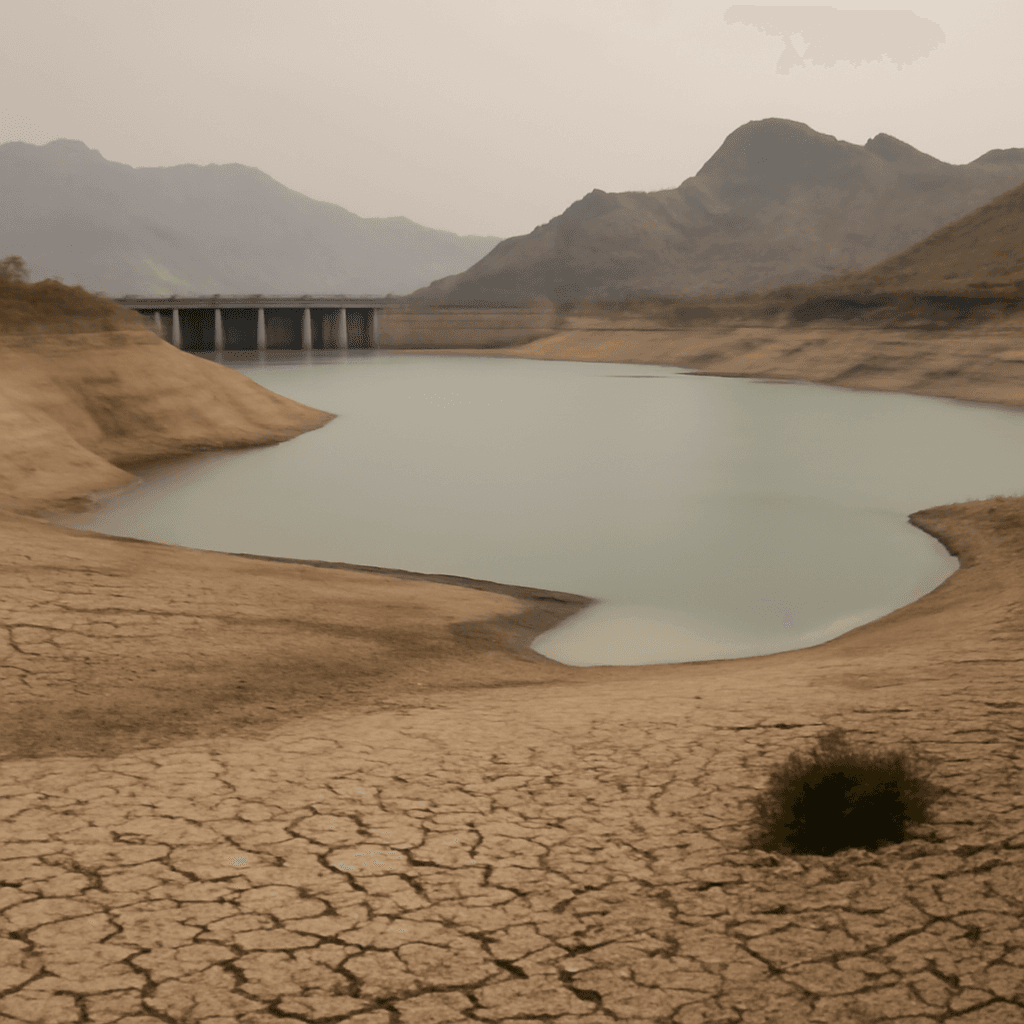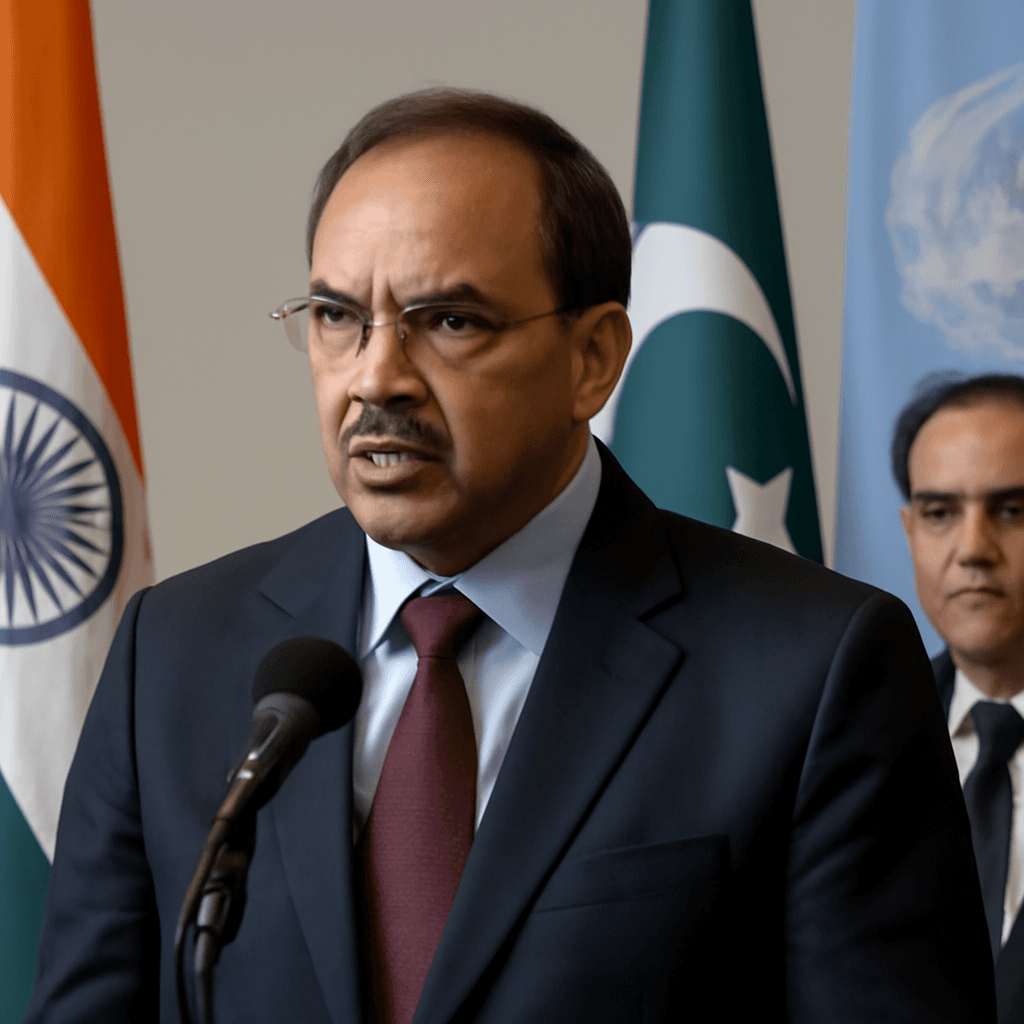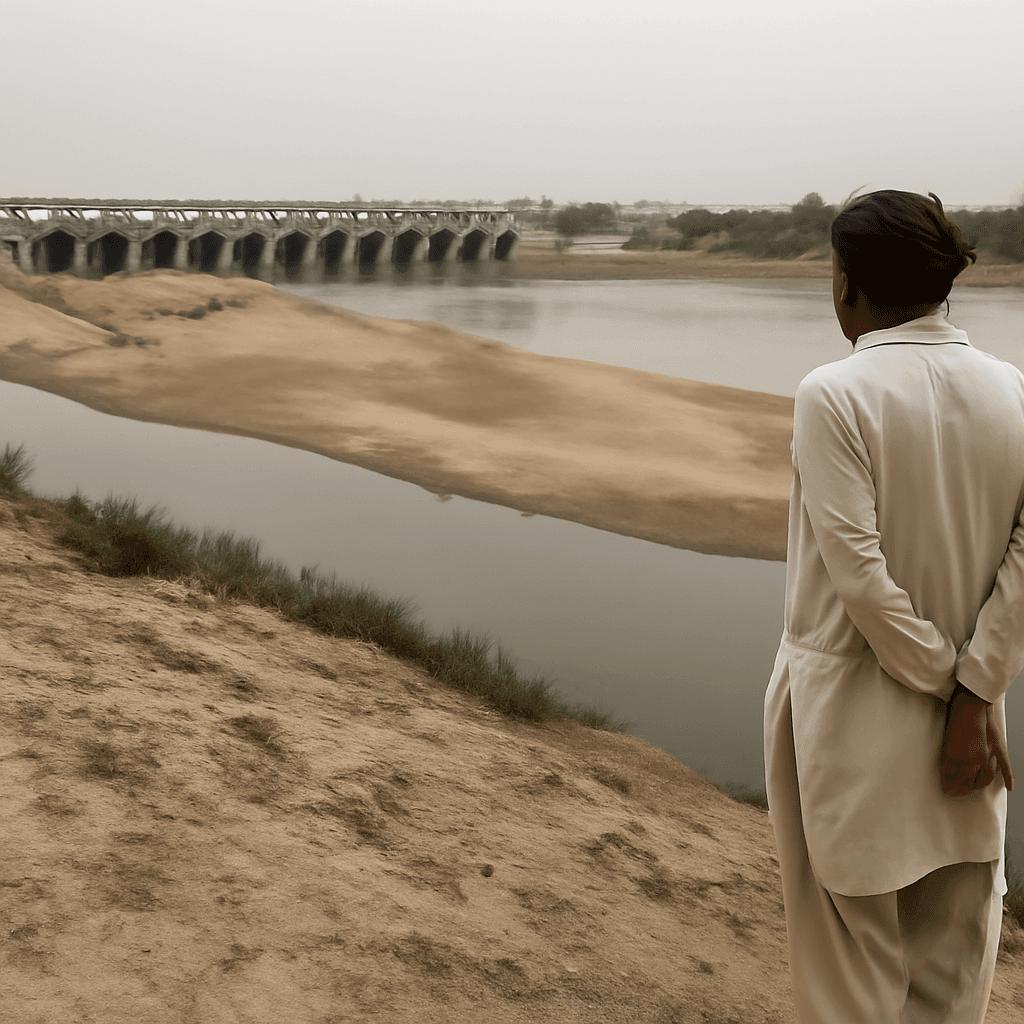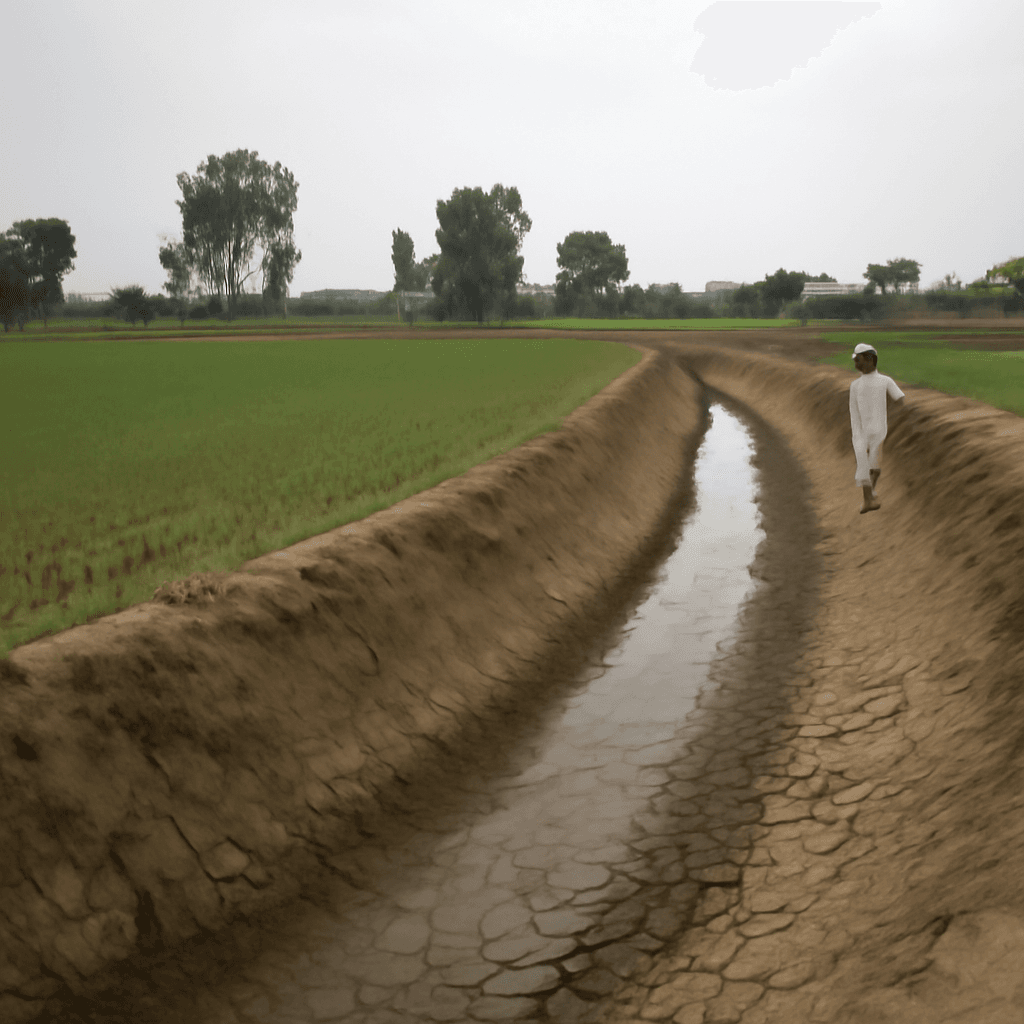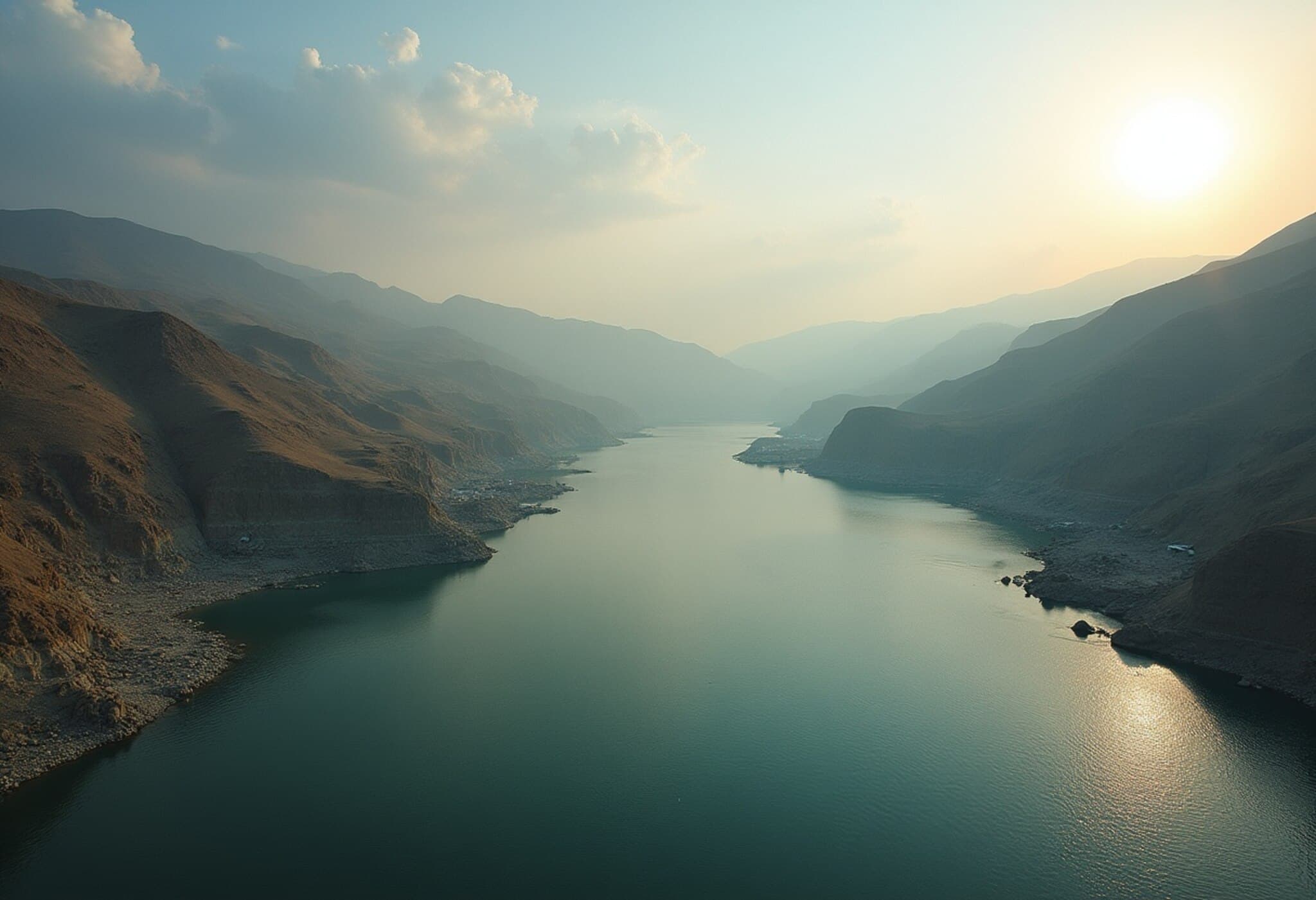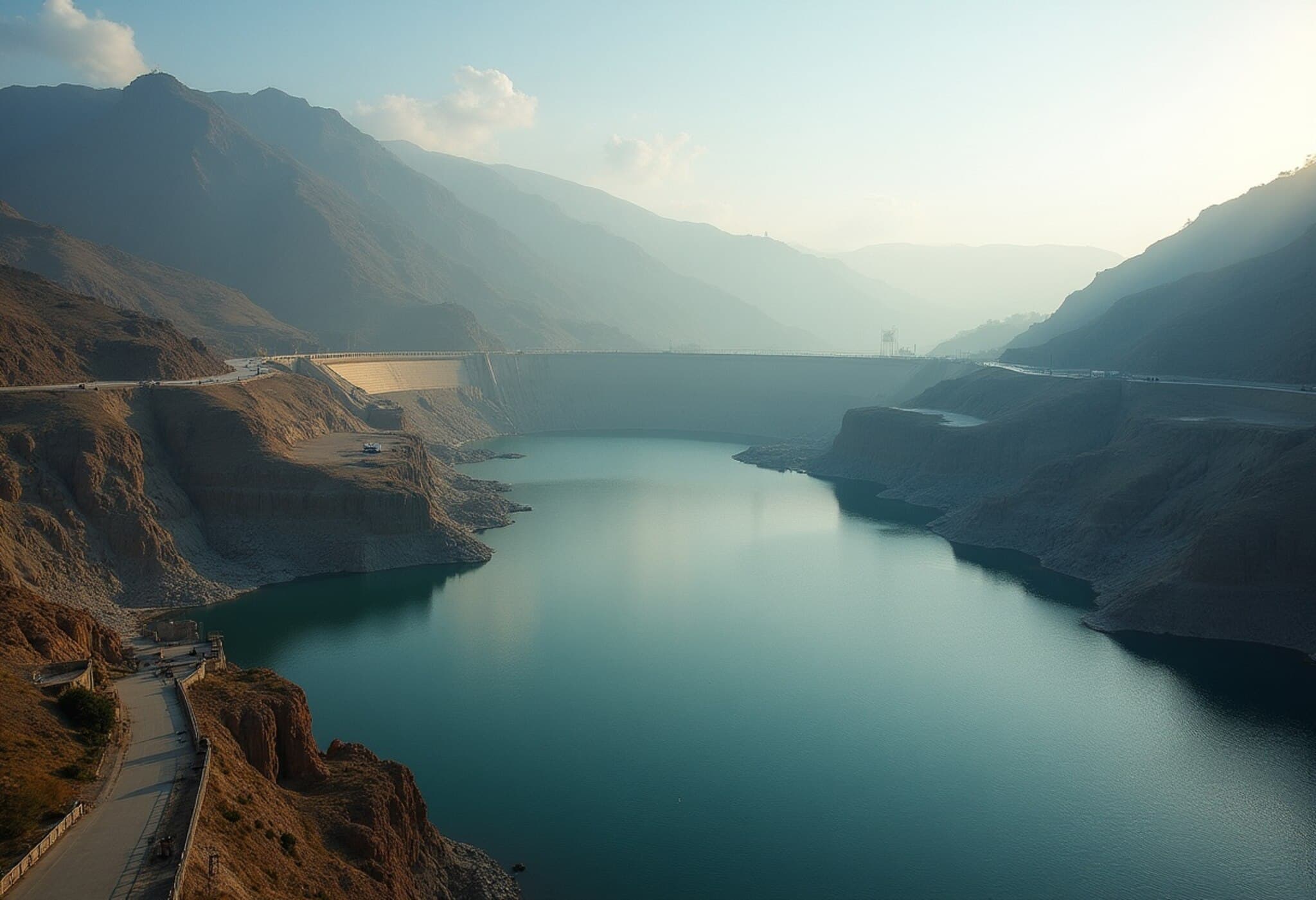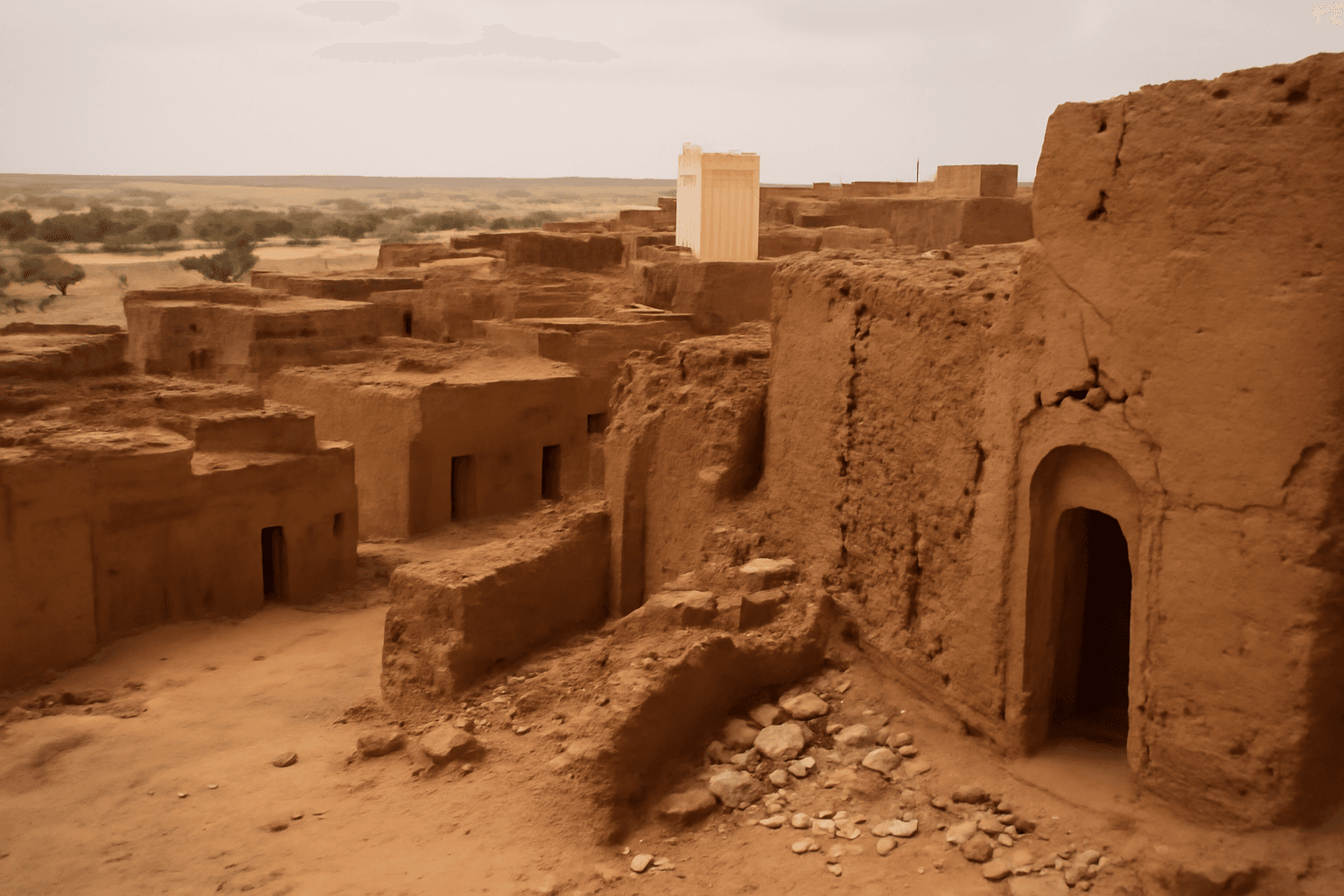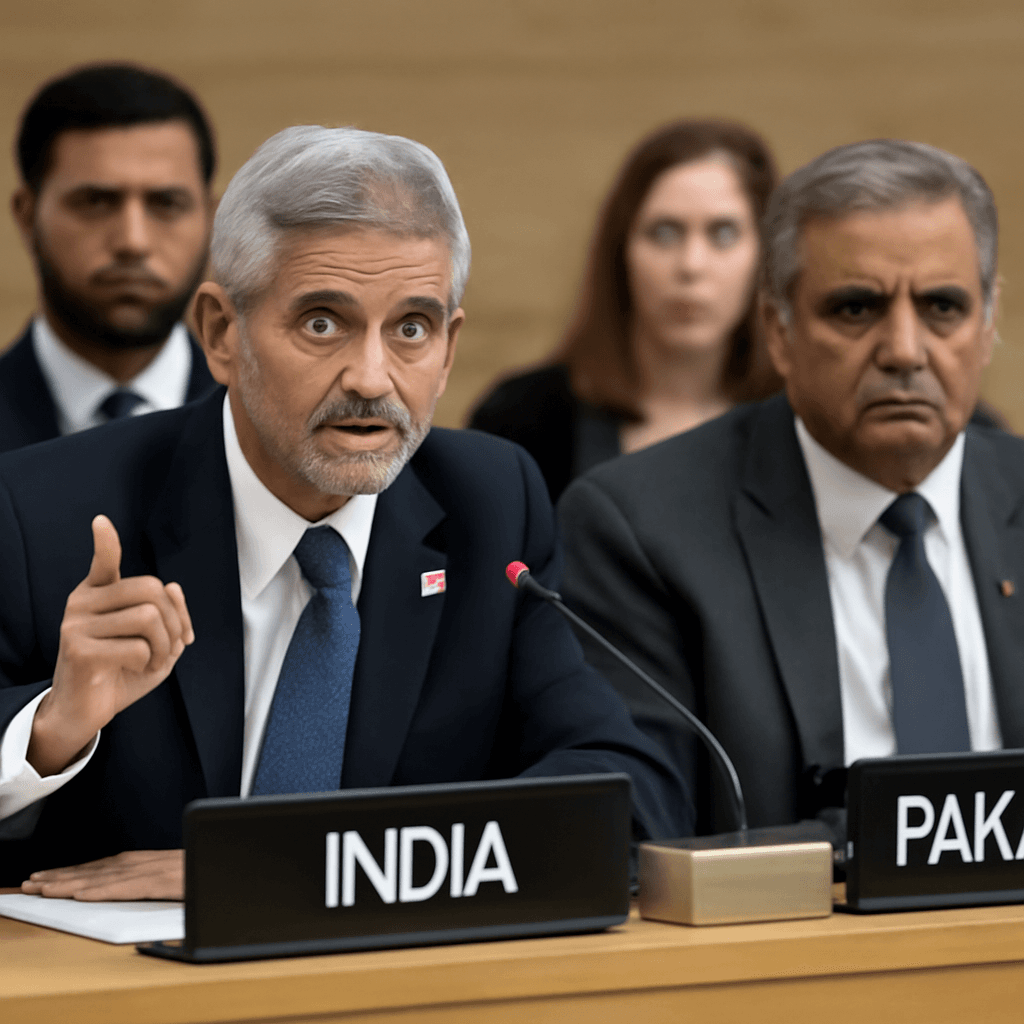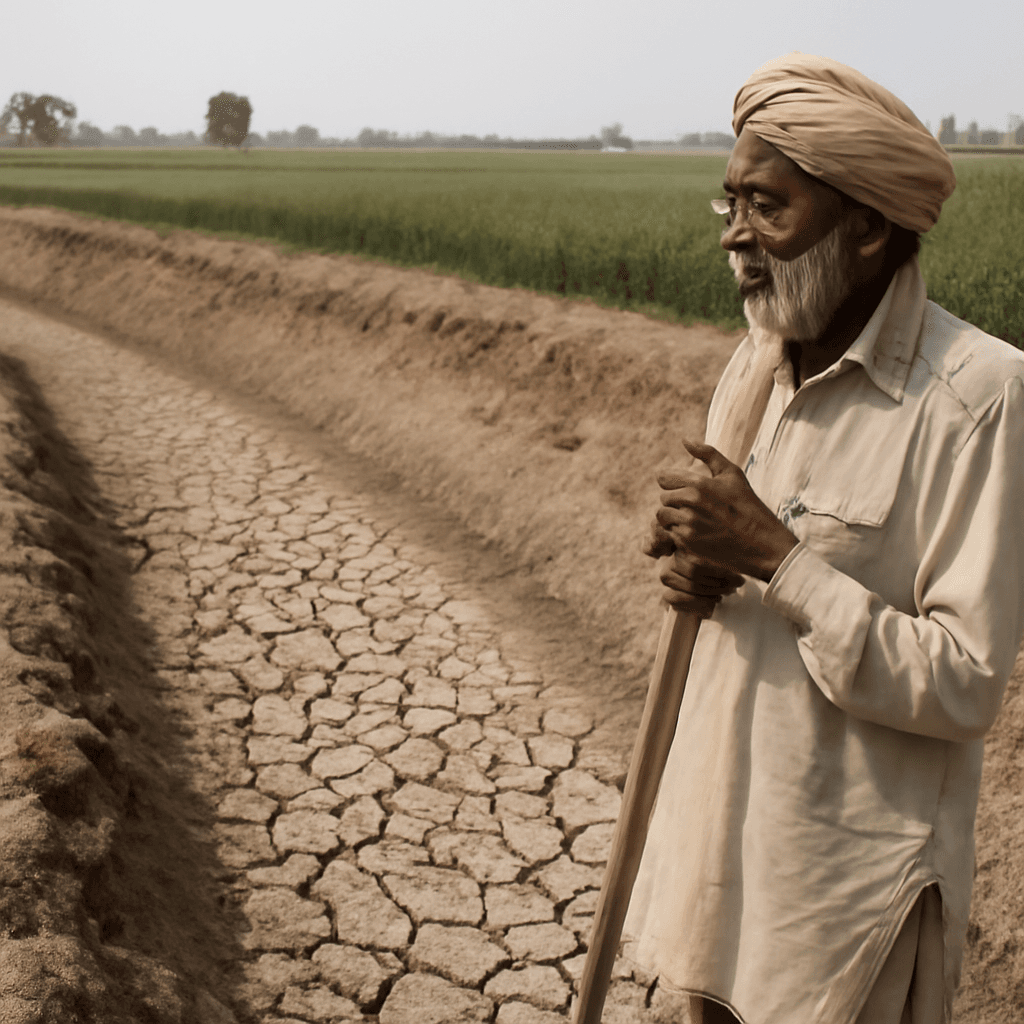Pakistani Dams Approach Critical Low Levels Following India's Water Restrictions
In the wake of India's recent moves affecting the Indus Waters Treaty (IWT), Pakistan's dams along the Indus basin are nearing critically low levels. Official figures reveal a 15% reduction in water release from these dams compared to the same period last year, sparking intense concerns over water scarcity risks.
Sharp Declines in Water Flow Highlight Growing Challenges
Data from early June shows that on June 5, water release in Punjab fell dramatically to 124,000 cusecs from 144,000 cusecs the previous year. Key reservoirs are alarmingly close to their dead storage levels — the threshold below which gravity-based water flow ceases, requiring energy-intensive pumping.
- The Indus River at Tarbela Dam stands at 1,465 meters, just above its dead level of 1,402 meters.
- Chasma Dam in Punjab measures 644 meters, barely over its dead level of 638 meters.
- Mangla Dam on the Jhelum River holds at 1,163 meters, slightly higher than its dead level of 1,050 meters.
These dangerously low water levels limit Pakistan's ability to manage irrigation and hydroelectric power effectively.
Alarming Outlook for Kharif Season and Beyond
A senior government official in Pakistan described the situation as "clearly grave," particularly for the ongoing late Kharif cropping season from June through September. They emphasized that substantial improvement hinges on the onset of the monsoon rains.
More shockingly, Pakistan anticipates a staggering 21% water deficit during the crucial early Kharif season ending June 10 due to India's restrictions on western river flows. This deficit has a direct impact on water availability for agriculture and daily consumption.
Severe Reduction in Chenab River Flow Raises Concerns
At the Marala barrage in Sialkot, Punjab, the Chenab River’s flow has plummeted from an average of 26,645 cusecs on May 28 to just 3,064 cusecs on June 5, highlighting the severity of the water shortage.
Heatwave Intensifies Water Scarcity
Adding to these hardships, Pakistan is bracing for a severe heatwave projected from June 8, with daytime temperatures expected to soar 5 to 7°C above normal across central and upper Punjab, Islamabad, Khyber Pakhtunkhwa, Kashmir, and Gilgit-Baltistan. This escalating heat will strain water resources further amid dwindling supplies.
Tensions Escalate Amid Water Crisis
Last month, Pakistan labeled India's reduced water deliveries in the Chenab River as an "act of war," warning that water disputes could ignite serious conflict. The government continues to voice concerns that the ongoing water shortages might deepen tensions between the two neighbors.

